GARDENING
The healing powers of a uniquely indigenous South African garden
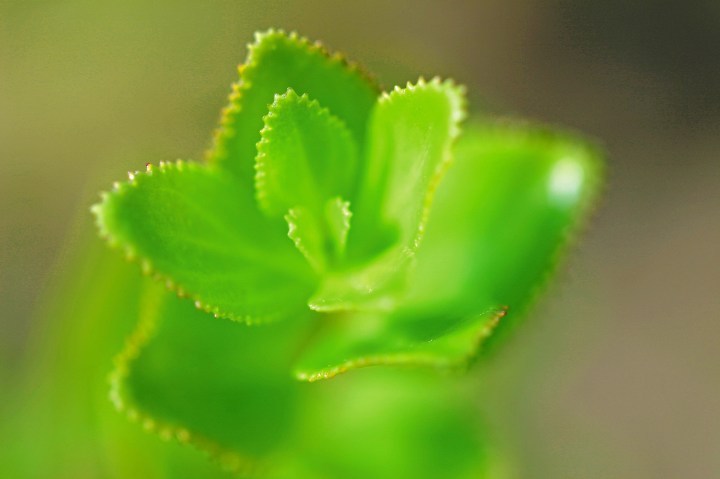
‘Let food be thy medicine, and medicine be thy food’ said the Greek physician Hippocrates. A carefully planted garden of indigenous herbs and plants is soothing to the soul, their existence beneficial to the environment and they are a haven for bees, birds and insects.
These are dark days in the world and, in South Africa, we have our own world-class home grown corruption scandals to keep us occupied. All this leads me to search for a quieter, gentler life, with personal mental, nutritional and physical healing options on tap for general well-being.
And surprisingly, some of the above could be found — even though it wouldn’t solve everything — in carefully planting a uniquely indigenous South African garden.
We have a plethora of wild plants that are not only edible but in many cases, healing as well. Their beauty is soothing to the soul, their existence beneficial to the environment and they are a haven for bees, birds and insects.
You can treat yourself to a visit at any of our National Botanical Gardens to enjoy the plants in situ, and do research first as to which ones you like. The jewel in the crown might as well be Kirstenbosch, on the slopes of Table Mountain, with a fabulous nursery for plant discovering and shopping after your visit.
Johannesburg Botanical Garden with its 81 hectares and a glorious waterfall is well worth a visit, and then there are the smaller gems such as the Lowveld Botanical Garden in Nelspruit, or the Harold Porter Botanical Garden in Betty’s Bay.
For the sake of brevity, I will mention only a few of the more popular plants that I use frequently; most are easily purchased at any nursery close to you.
In a very hot garden, plant your wild olive tree (Olea Africana), and boil the leaves to make a soothing tea. Use this tool as a tincture for the eyes, to help lower blood pressure, allegedly improve kidney function and possibly deal with a sore throat. Underplant this with grey-leafed, white flowering wild rosemary (Eriocephalus) for its scent and for its leaves for cooking. But the medicinal benefits are so vast that I list just the following: it is said to relieve muscle pain, stimulate the nerve system, help with neuralgia pain, and could also help alleviate rheumatism and depression.
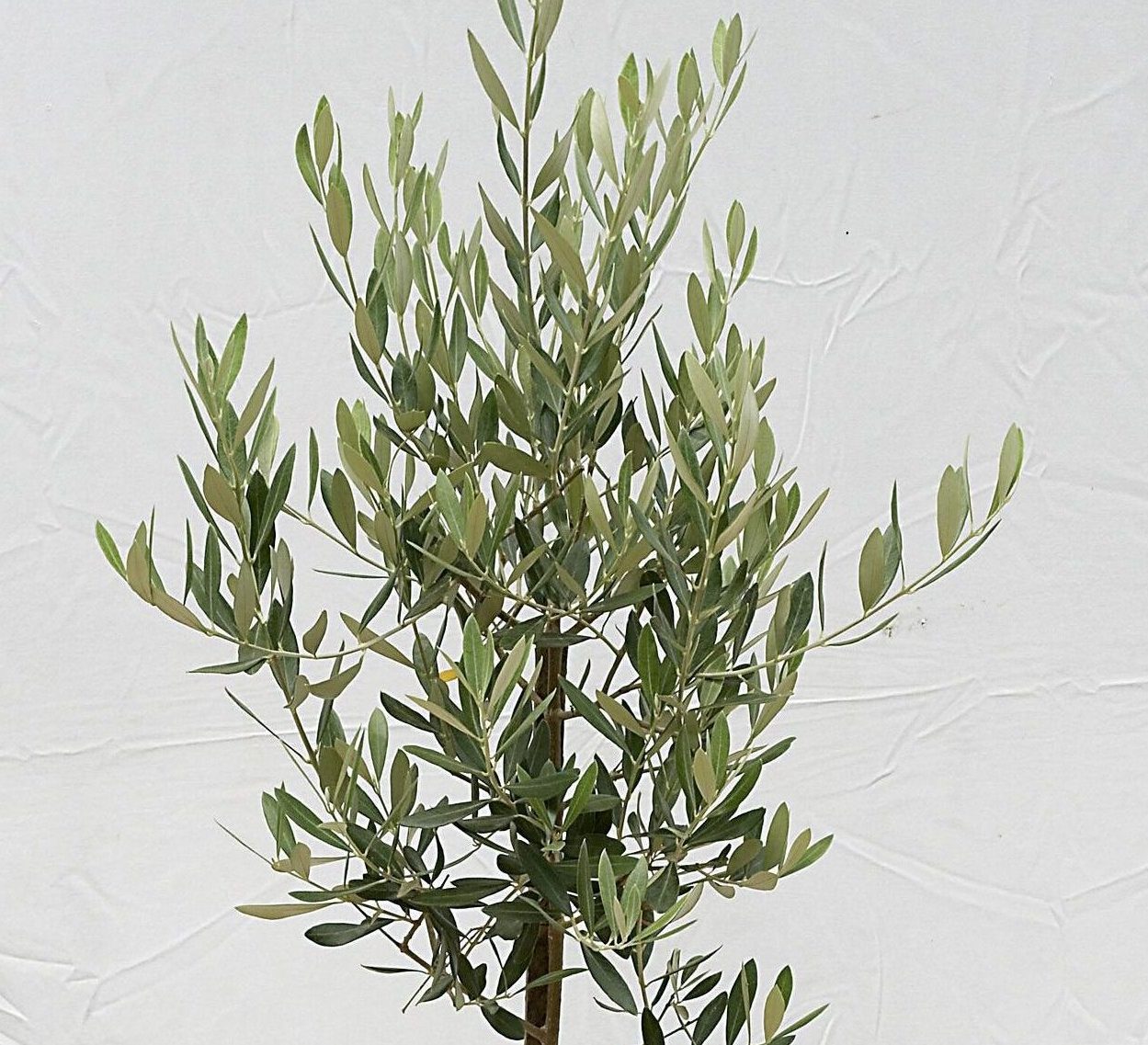
Gardening gripes resolved. A close up of a Olea africana tree. (Photo by Gallo Images/Home/Christo Lotter)
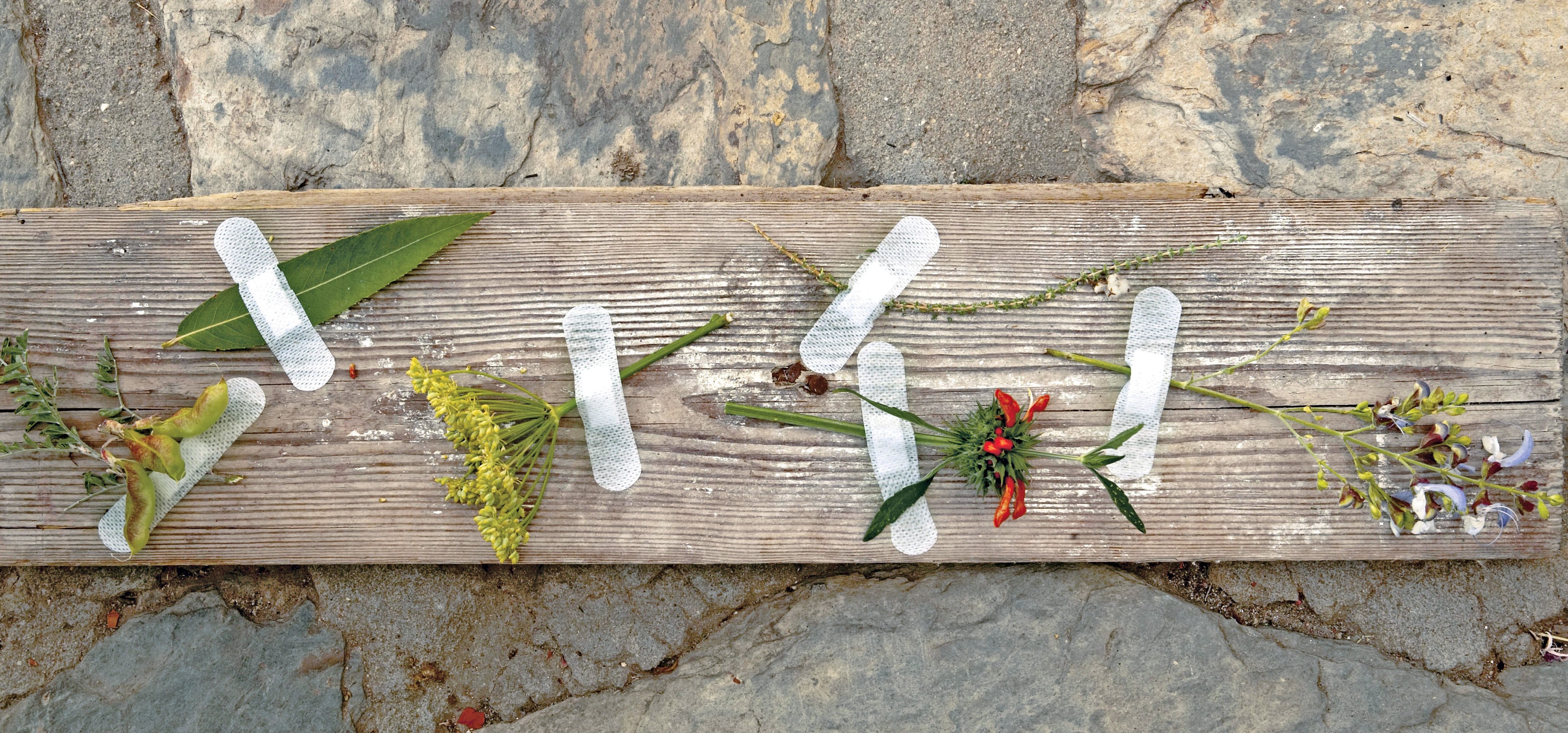
Create a garden pharmacy with blue sage, wild dagga, wild rosemary, fennel, safsaf (Photo by Gallo Images/Home)
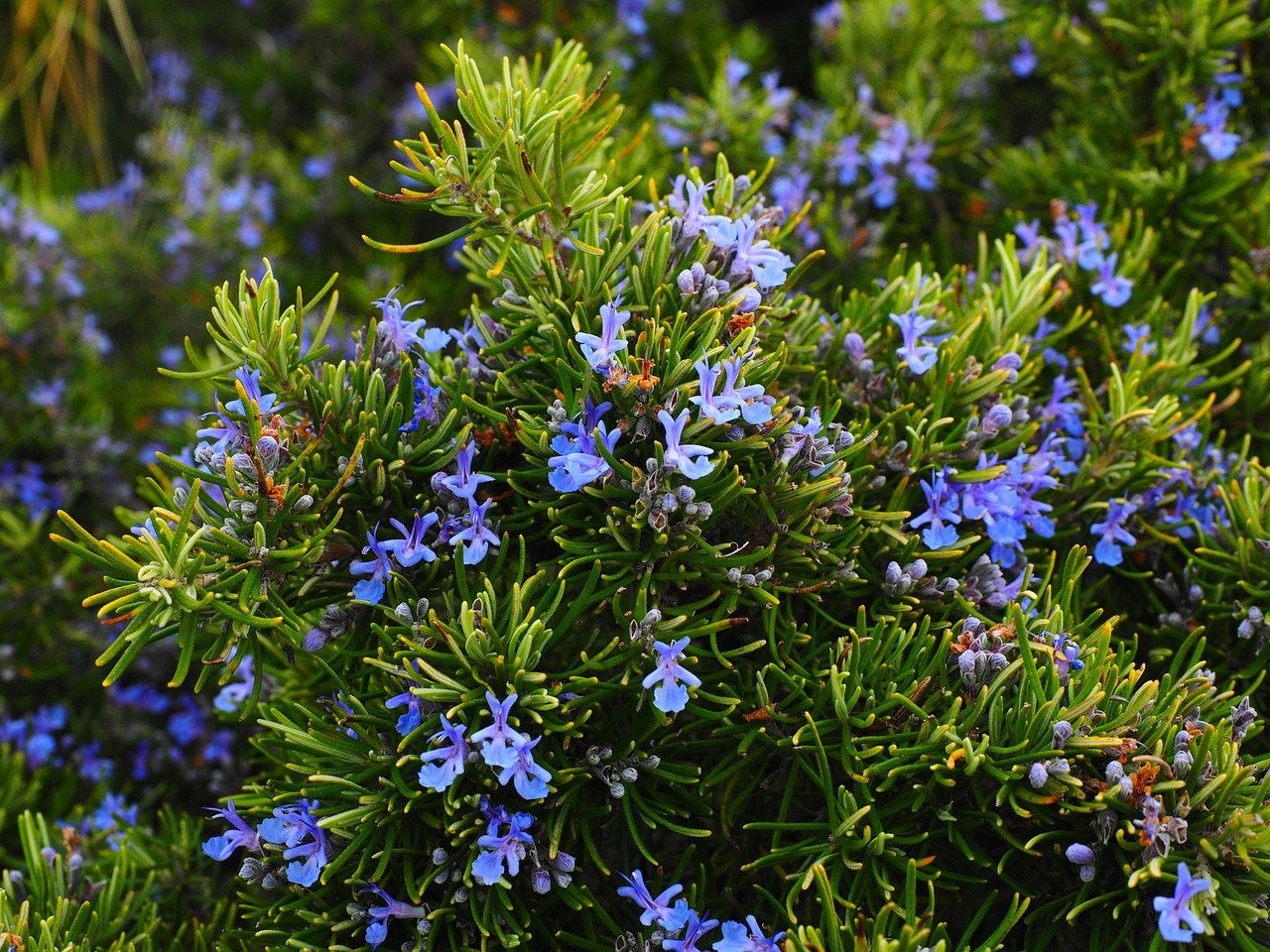
Rosemary flowers. Image: Amparo Ryburn / Pixy
Buchu is a well-known and much-loved shrub in the garden, and is delicious in making tea, or crushed and mixed with oils and vinegar. It is also said to act as an anti-inflammatory and a great antiseptic.
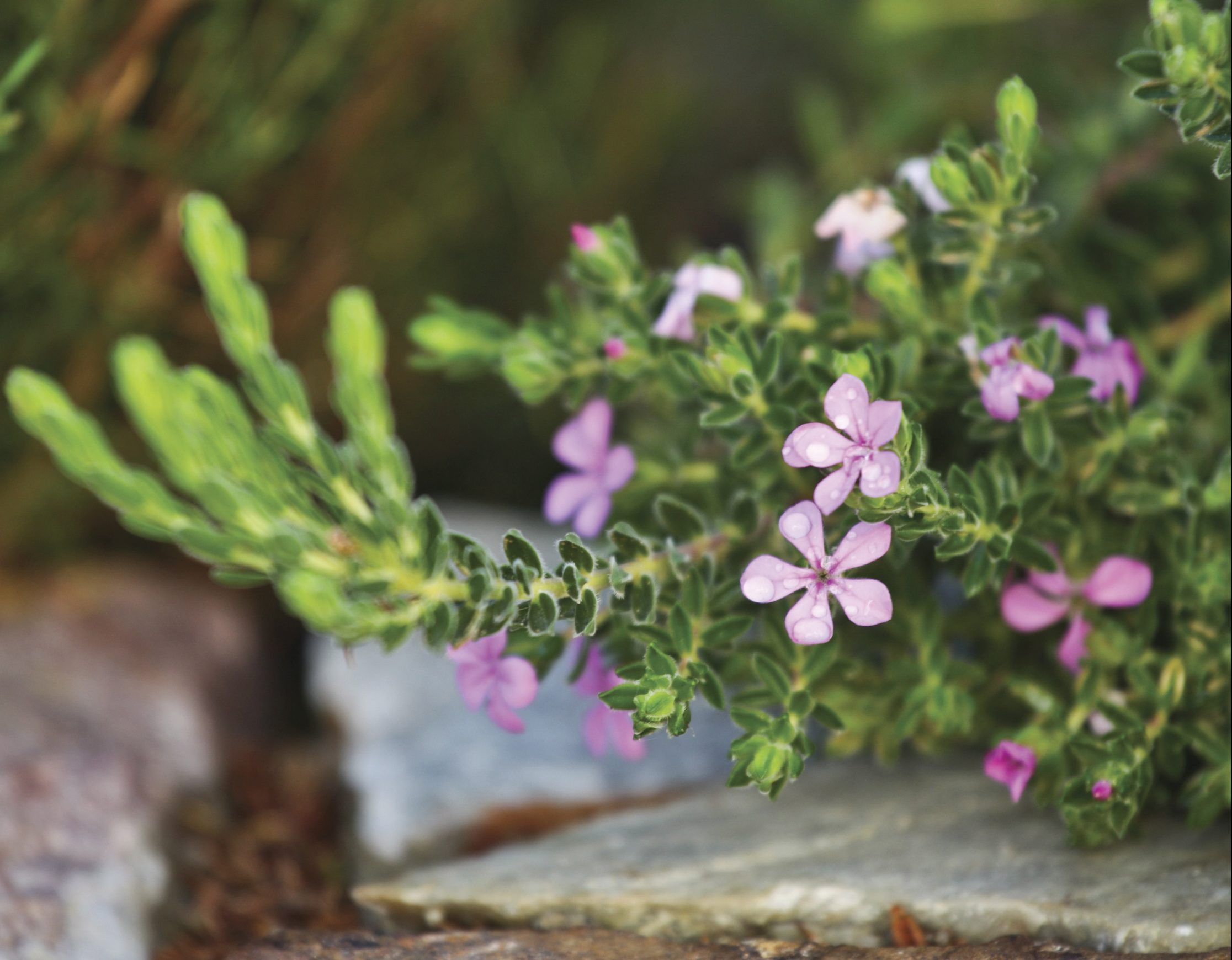
Buchu. (Photo by Gallo Images / The Gardener / Geoff Redman)
In the shadier parts of the garden, plant the gorgeous forest elder tree (Nuxia Floribunda) with its glossy evergreen leaves and massive white flowers. It not only looks fabulous but is known to treat coughs, colds, fevers and indigestion.
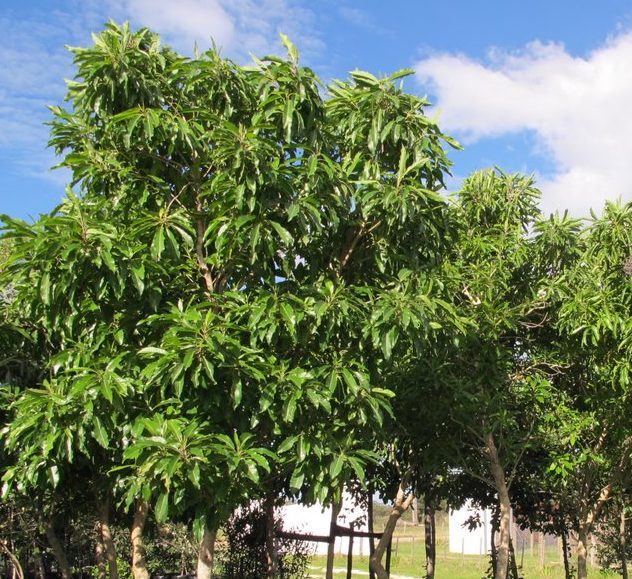
Nuxia floribunda. Image: Flickr
The fluffy wormwood (Artemisia Afra) has a delightful texture, and boiled with hot water, is tangy but tasty and has innumerable good side effects, such as helping with treating colds, coughs, flu, and possibly even malaria.
My favourite blue colour in the garden is the self-seeding knee–high Cape forget-me-not (Anchusa Capensis), with both the leaves and flowers being edible and a wonderful addition to salads and desserts. Mix these with the many different ericas available, and the birds and butterflies will be eternally grateful. That’s not all: an infusion of the leaves of erica are said to be used to treat kidney stones — you now have a useful combination.
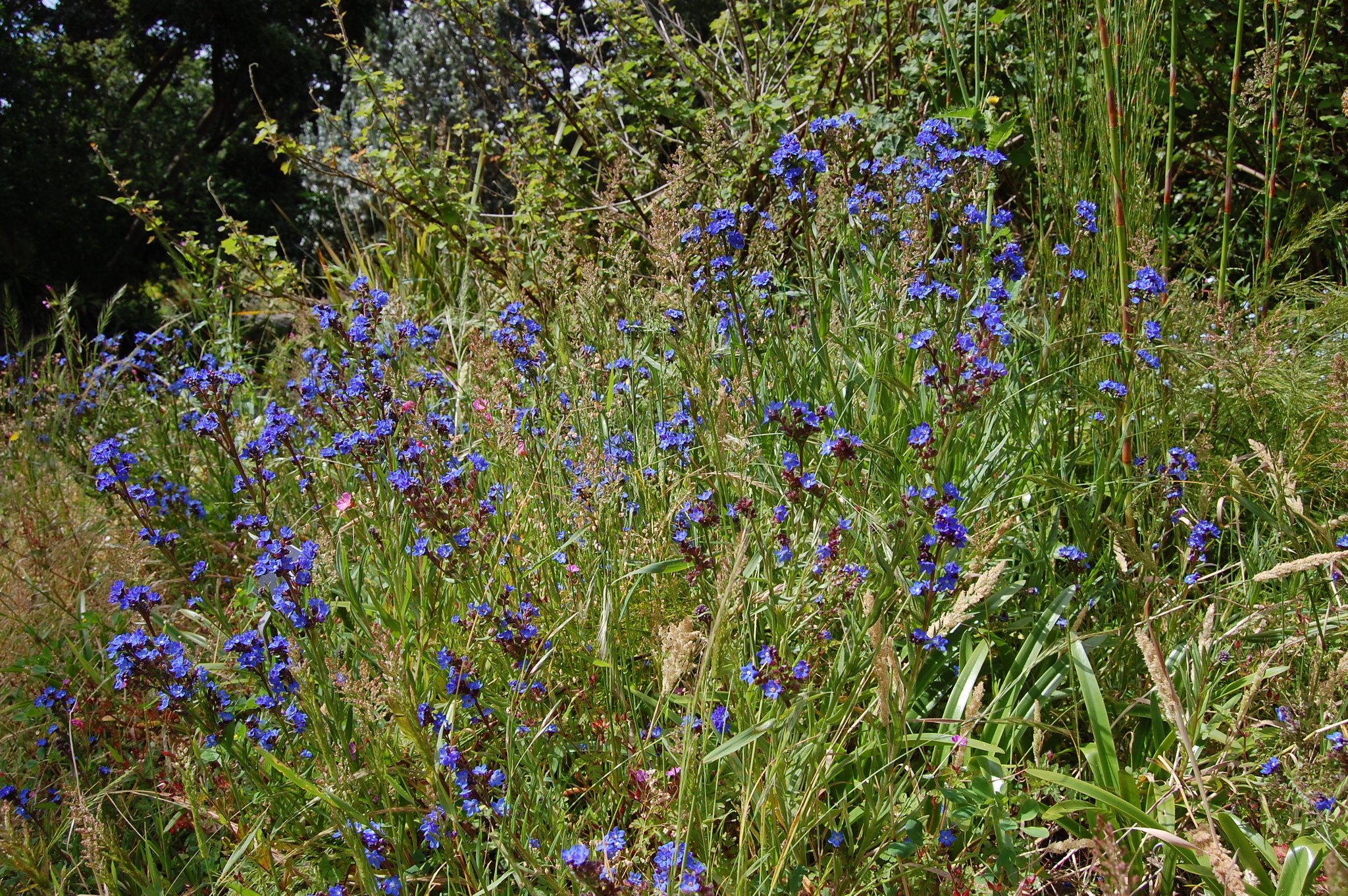
Anchusa capensis. Image: FarOutFlora / Flickr
I adore using the aromatic sage bush (Salvia Africana Lutea) in mixed borders. It has a neat habit, with greyish leaves and rust-coloured flowers. It can be used to flavour food, and chewing the leaves appears to soothe a sore throat. Plus it is said that the plant also has anti-inflammatory, anti-microbial and anti-fungal properties.
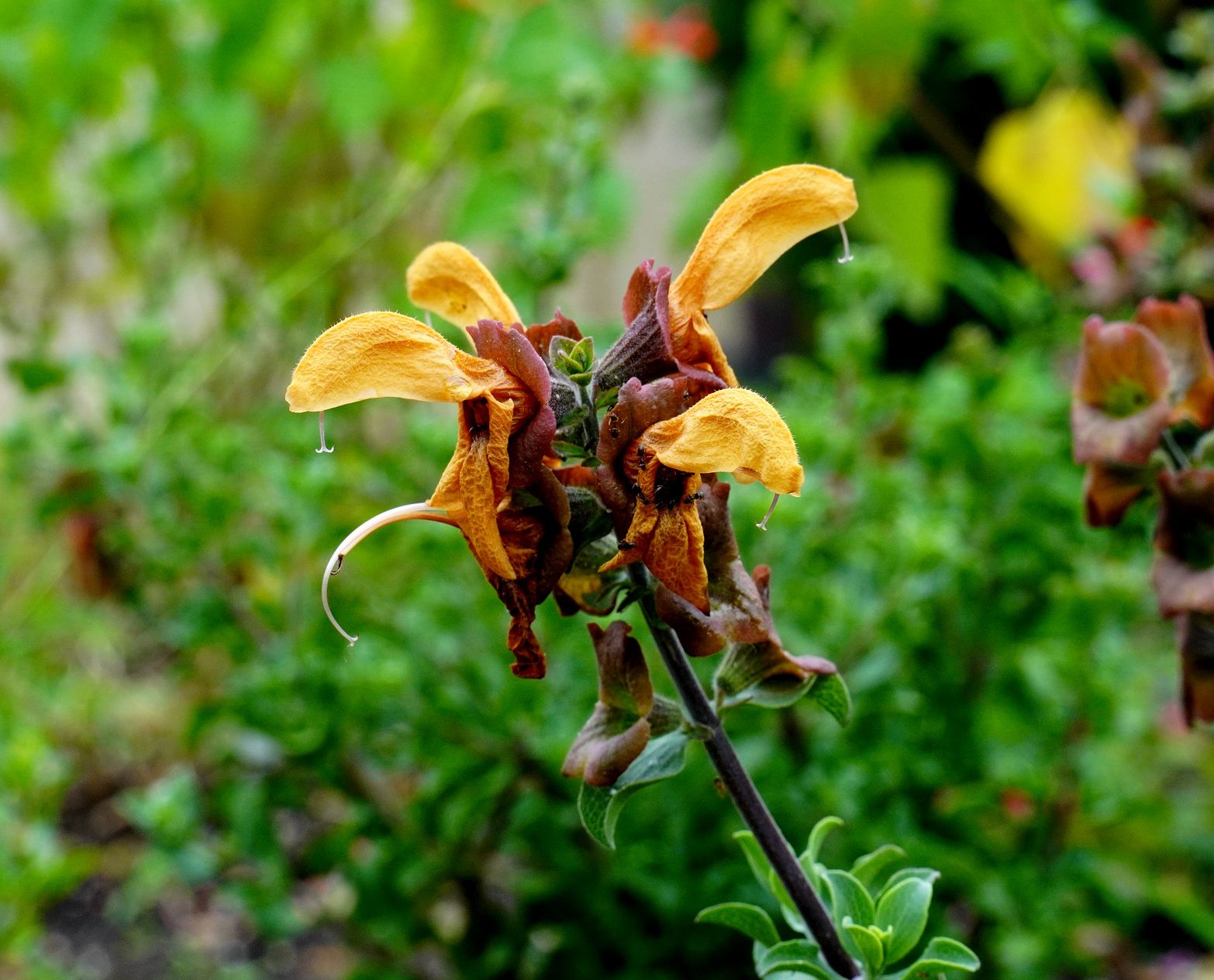
Salvia africana-lutea. Image: Supplied
The scented num-num (Carissa Macrocarpa) has fruits that are edible and rich in vitamin C, magnesium and phosphorous. Bees and butterflies adore them, and their strong thorns make them useful as a security hedge.
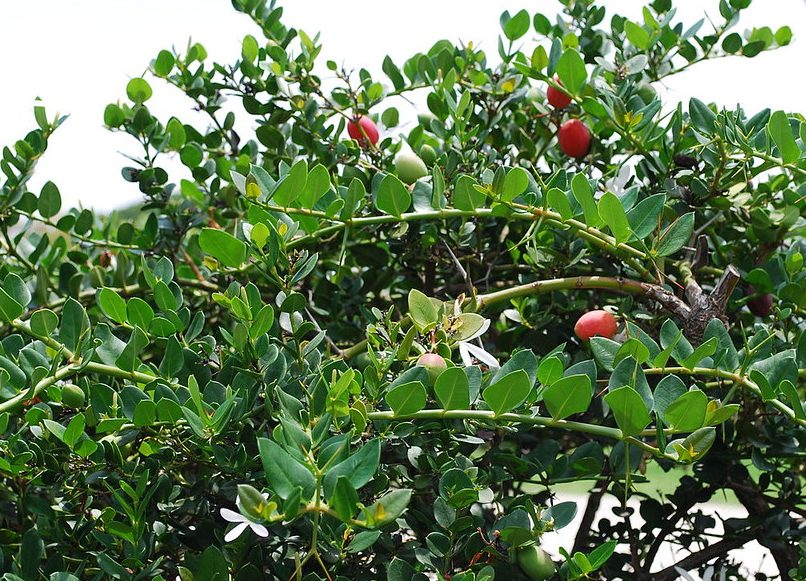
Carissa macrocarpa (Natal Plum). Image: Thelmadatter / Wikimedia Commons
For a hardy groundcover, plant the sour fig (Carpobrotus Edulis) for its fast growth and ability to withstand hardy conditions. Its fruits can be used for jams, sauces and chutneys, and eating their leaves provides relief for sore throats.
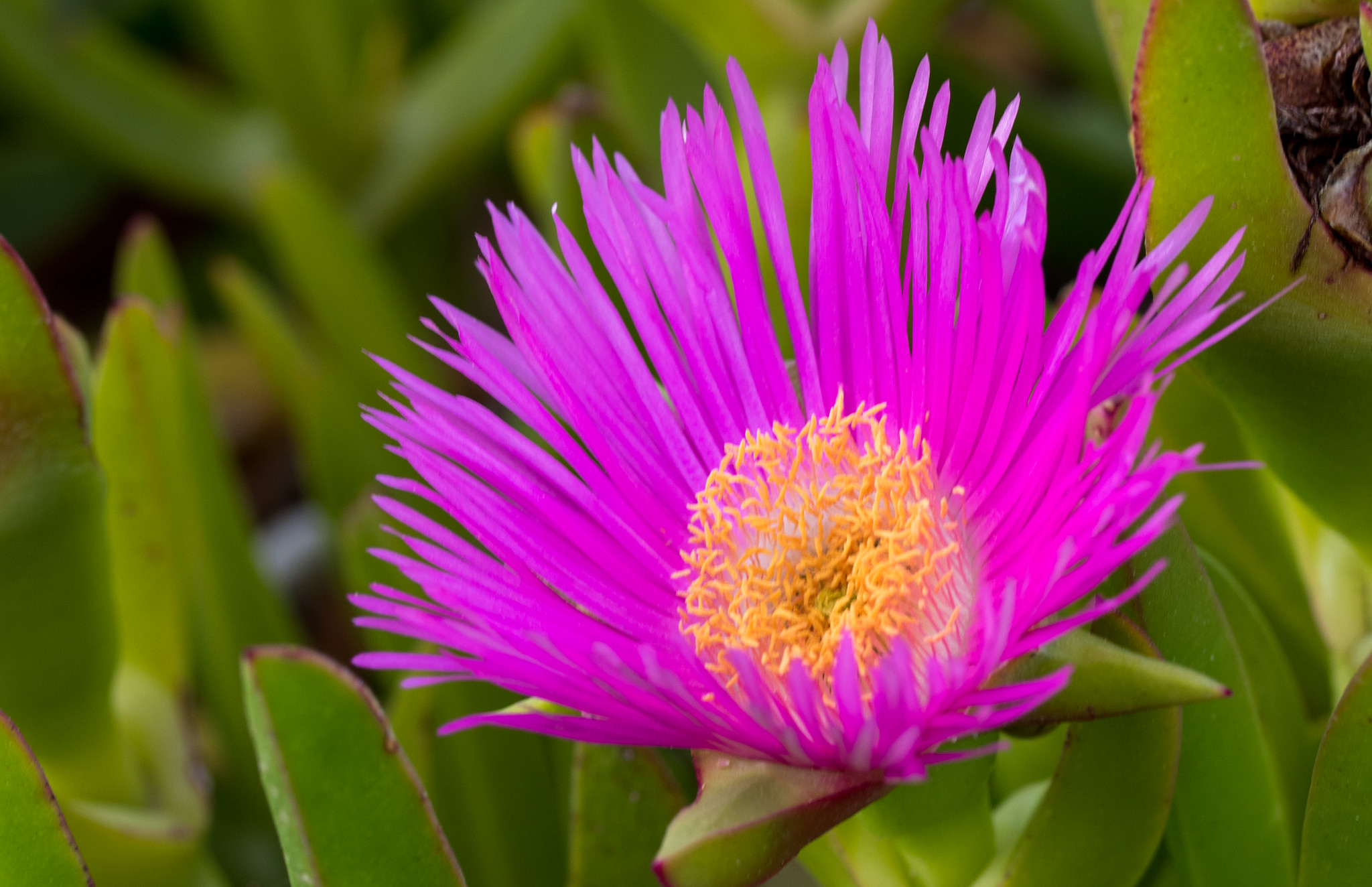
Carpobrotus Edulis. Image: Flickr
Shady areas cry out for the spreading peppermint pelargonium (Pelargonium Tomentosum) with its lovely fresh scent and pretty white flowers. The flowers can be used in salads and for flavouring desserts. The crushed leaves help soothe bruises.
And of course, I always come back to the ubiquitous spekboom (Portulacaria Afra) which seems to have almost magical qualities. The leaves are edible and filled with vitamins; the plants generate massive amounts of oxygen; they can be used as hedging or as pot subjects and can be grown very simply from cuttings. Every garden or household should have at least one of these.
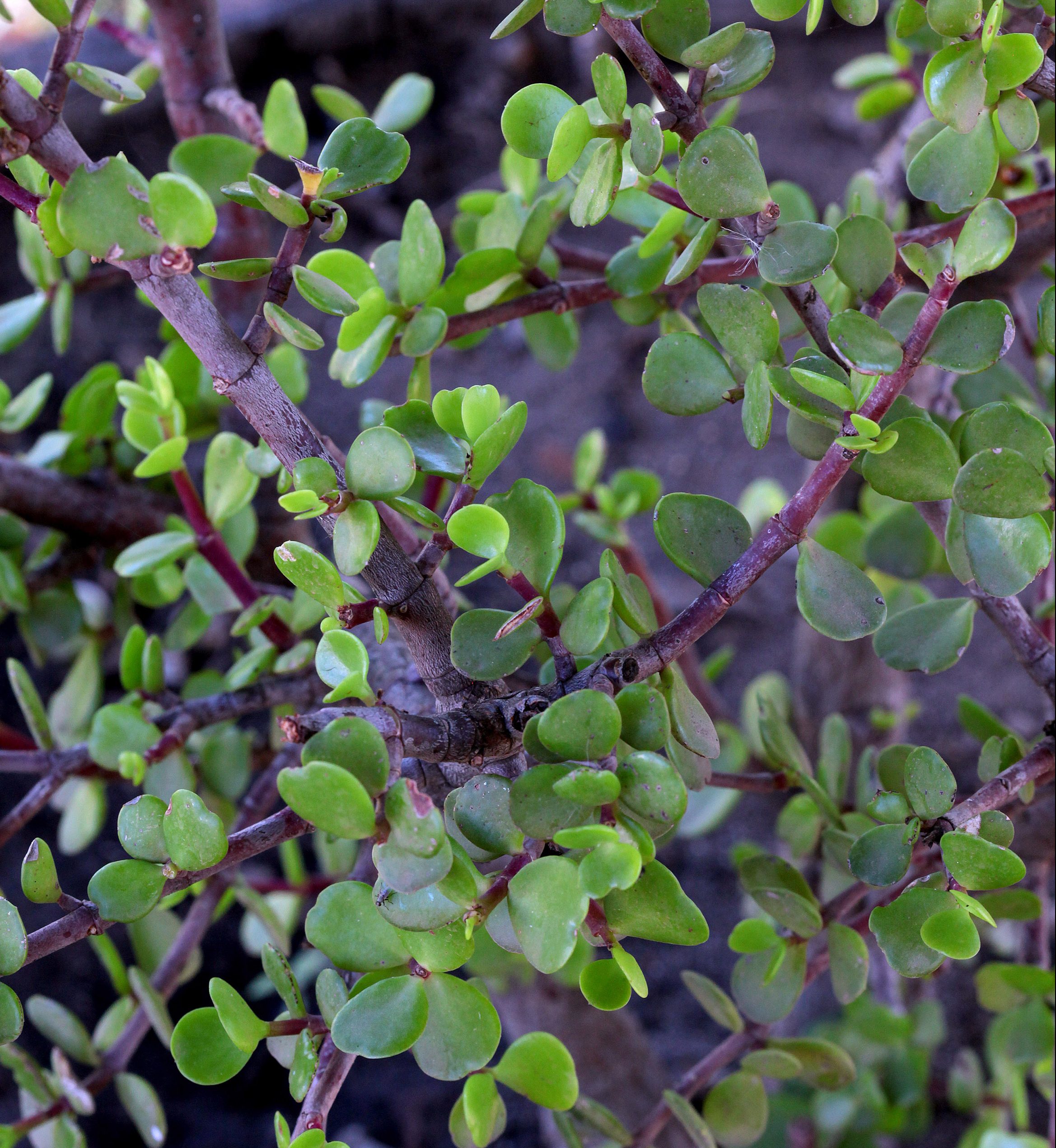
Spekboom. (Photo by Gallo Images / Sunday Times / Raymond Preston)
And I haven’t even got to the Waterberry shrubs, Merwillia Natalensis, Wild Ginger, Lavender Tree and so many more.
David Hobson explained the love of gardening so beautifully: “I grow plants for many reasons; to please my soul, to challenge the elements or to challenge my patience, for novelty or for nostalgia, but mostly for the joy in seeing them grow”. Now, it’s our turn. DM/ ML


















 Become an Insider
Become an Insider
If I may – there is a small but beautiful botanical garden in Stellenbosch that belongs to the University. Truly worth a visit.